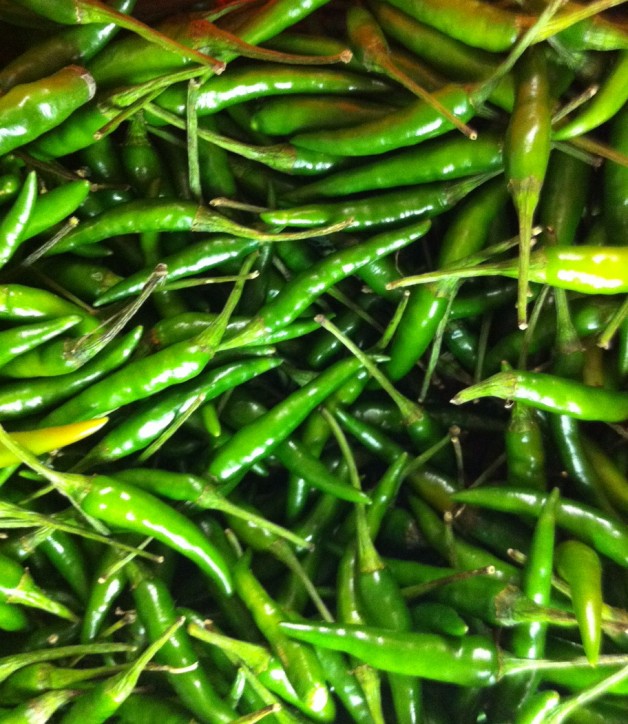
The amazing writer and Barnard professor Mary Gordon crossed Broadway one semester while I was in graduate school, and a dozen lucky students at Columbia got her attention and fine instruction for a short time.
We learned so much, and I still use many of her writing tricks and tips today, most especially every time that I write a scene that involves food. Professor Gordon remains a believer in the notion that people “really are what they eat” and that our characters are richer when we use specificity. It is more telling to have our protagonist, let’s say, be lactose-intolerant with a penchant for dark chocolate and donuts than to say our protagonist really likes sweets.
The details in the kitchen are more revealing than appearance or even how, as writers, we choose to clothe our characters. I take that to mean that the act of eating and the act of making someone something to eat, or conversely, depriving someone of food, is so powerful. There are real opportunities in those moments to show rather than tell.
In my novel in progress, Shadow Gardens, my protagonist Mrs. Lahiri is a big foodie. She likes to eat Indian food (surprise surprise), but she really likes the food of her youth, when she visited her family back in the old country.
And Mrs. Lahiri really likes to cook. And she likes to make food that she’s grown in the garden she’s cultivated. That’s her comfort.
One of my favorite “kiddie” movies is “Cloudy With a Chance of Meatballs.” It really toyed with the ideas of comfort food, and what it means to be full/content from a meal and what it means to provide food for someone other than you.
What are you going to make your characters chew and swallow? And why?
Devi Laskar is a founding member of the Book Writing World. She holds an MFA in creative writing from Columbia University, is a rabid Tar Heel basketball fan and will be reading some of her work on April 9 at the Sacramento Poetry Center in CA.
